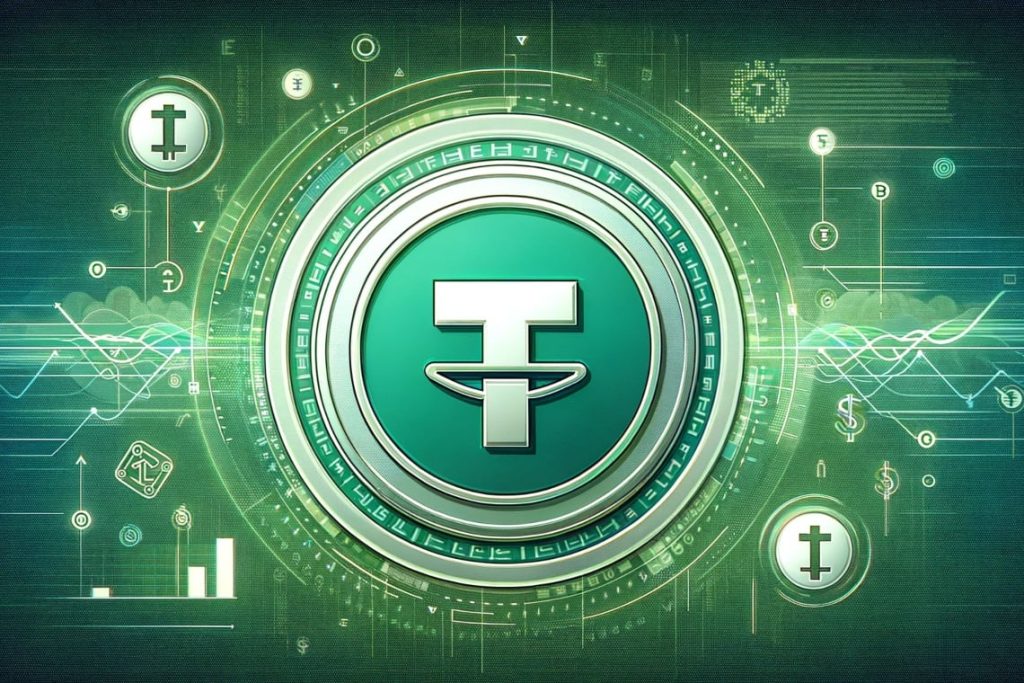S&P Global Ratings predicts that Tether‘s dominance in the stablecoin market may diminish following the introduction of proposed regulations in the United States. These regulations, if approved, could give traditional banks a competitive advantage by imposing limits on stablecoin issuance for institutions without a banking license, capping it at $10 billion.
The proposed regulatory clarity is expected to encourage traditional financial institutions to enter the stablecoin market, potentially challenging Tether’s position. The stablecoin bill introduced by U.S. Senators Cynthia Lummis and Kirsten Gillibrand aims to establish clear guidelines for stablecoin operations within the country.
While the U.S. dollar remains the primary peg for stablecoins, most stablecoin issuers currently operate outside specific U.S. regulatory frameworks. However, the introduction of the Lummis-Gillibrand Payment Stablecoin Act may change this landscape.
Tether‘s USDT currently holds a market capitalization of $110 billion, making it the third-largest cryptocurrency by market capitalization. Circle’s USDC, tracking the U.S. dollar, ranks second among stablecoins with a market capitalization of $34 billion.
Approval of the stablecoin bill could accelerate institutional blockchain innovation, particularly in tokenization and digital bond issuances involving on-chain payments. This growth in institutional use cases for stablecoins could present opportunities for banks as stablecoin issuers and potentially diminish Tether’s dominance in the global stablecoin market.
S&P noted that under the proposed bill, USDT, issued by a non-U.S. entity, would not qualify as a permitted payment stablecoin. Consequently, U.S. entities would be unable to hold or transact in USDT, potentially reducing its demand while favoring U.S.-issued stablecoins. Nonetheless, USDT transaction activity remains largely outside the U.S., primarily driven by retail investors and remittances, particularly in emerging markets.
Furthermore, S&P suggests that the removal of the SEC’s requirement for custodians to report digital assets on their balance sheets could lead to the emergence of new providers of digital asset custody services, fostering increased competition in the market.
Previously, S&P had criticized USDT for its perceived shortcomings compared to its rivals in maintaining its peg to the U.S. dollar.
You can also freely share your thoughts and comments about the topic in the comment section. Additionally, don’t forget to follow us on our Telegram, YouTube, and Twitter channels for the latest news and updates.


